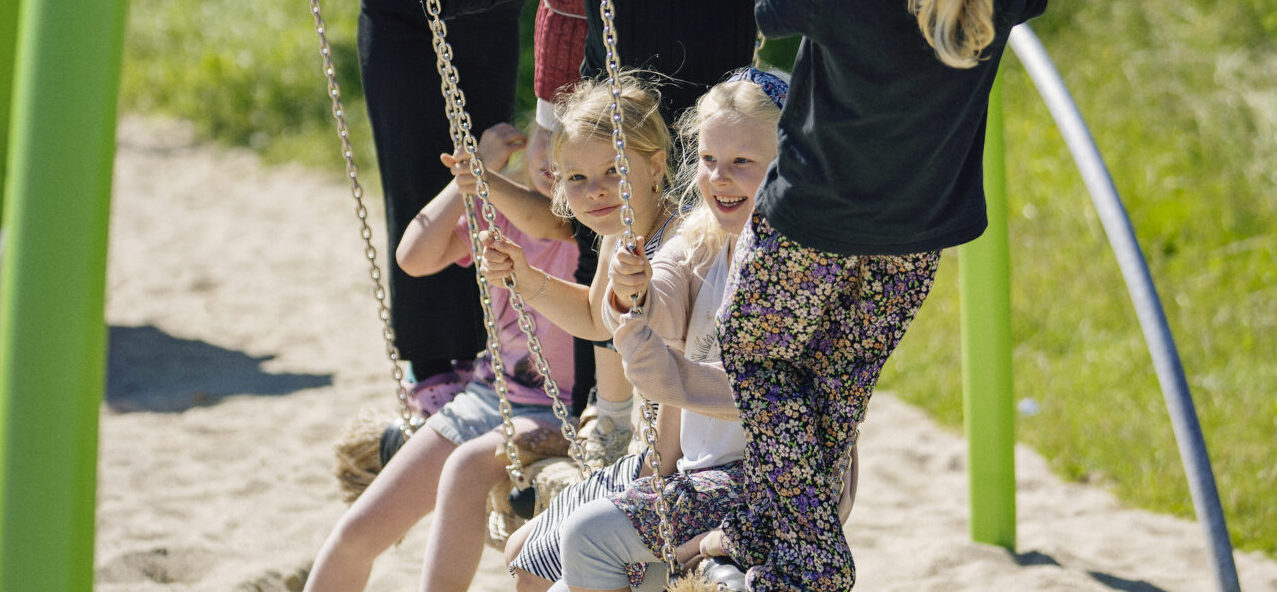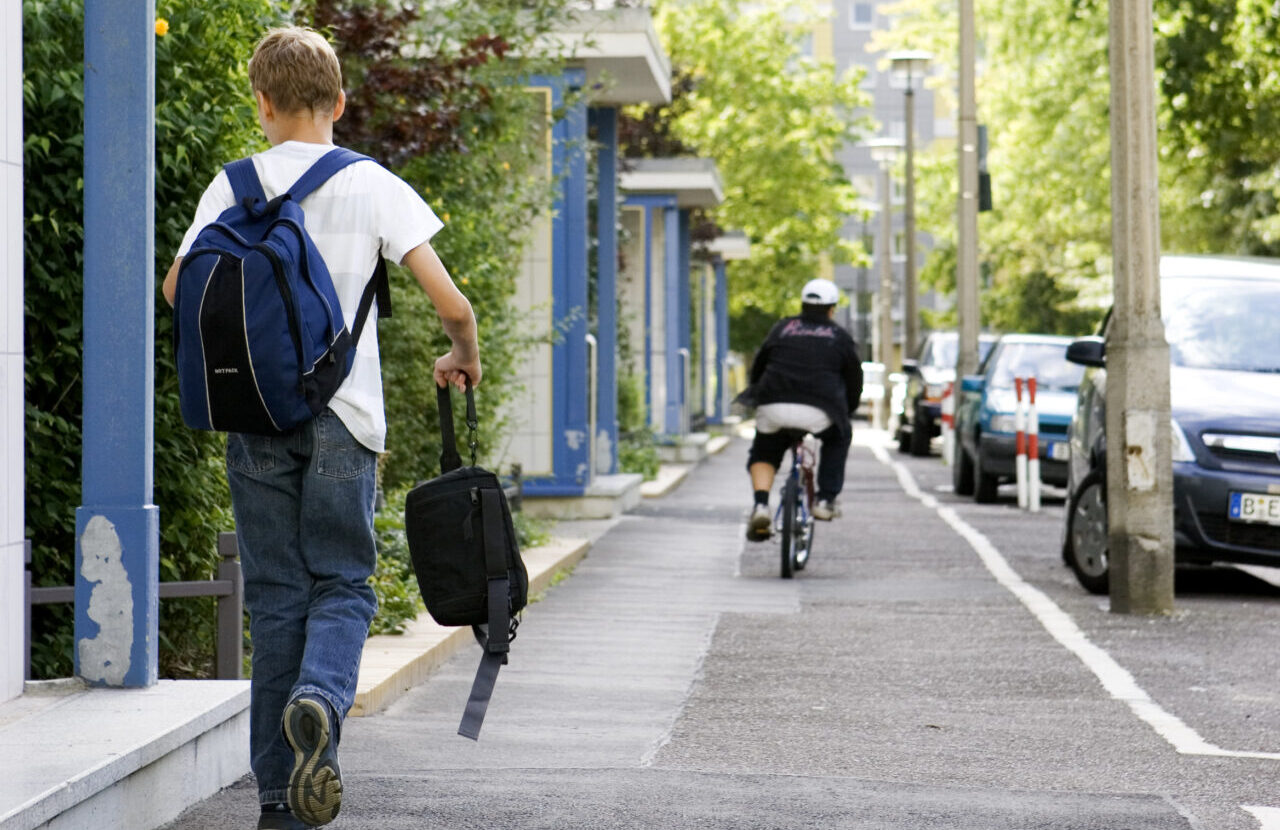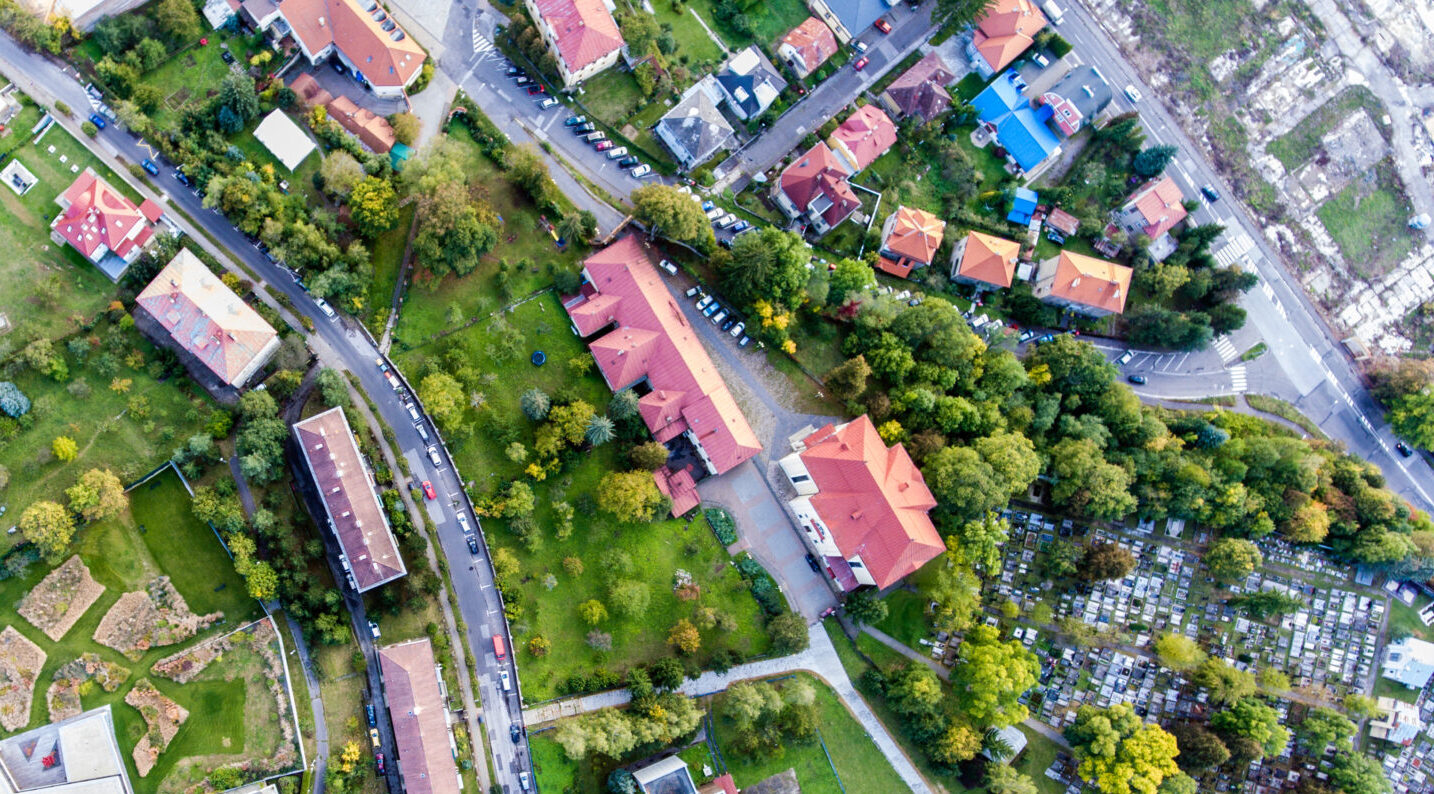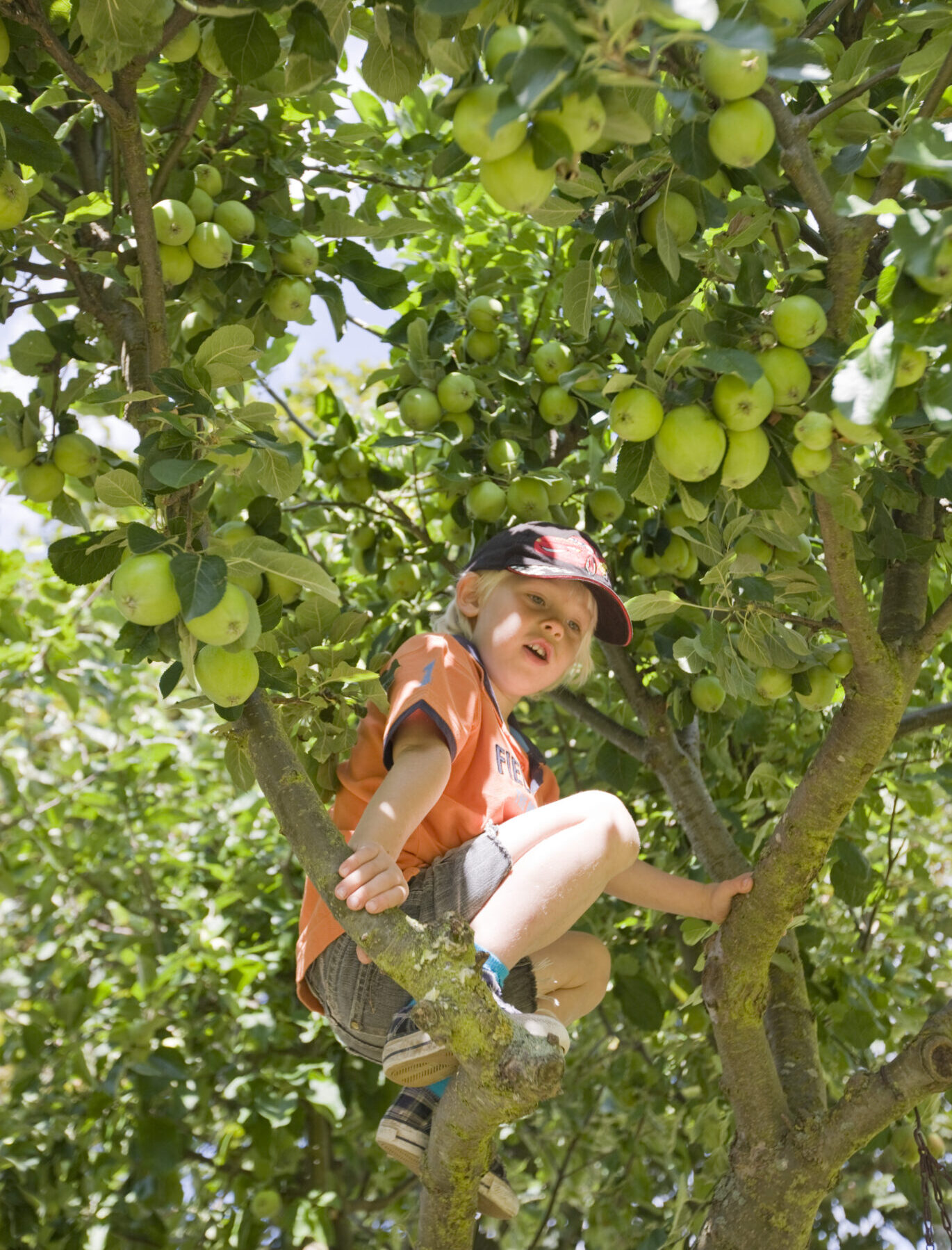
Let them climb! How adults shape risky play opportunities for children
Introduction and aim
Risk is often seen as something negative, but in the context of play, it refers to activities that children find exciting and challenging. While there’s always a small chance of a bruise or a scraped knee, risky play helps children test limits, make choices, and learn from mistakes.
These experiences build important life skills. Yet, opportunities for risky play have declined due to adult concerns and safety regulations. To support children’s development, it’s important to understand how play spaces are shaped – and how adults’ perceptions of risk and safety influence them.
This brief highlights key findings and recommendations from a 2024 study by Visser and colleagues on how adults shape opportunities for risky play. Based on interviews with parents, play professionals, and municipal policymakers in the Netherlands, this study explores how their beliefs, attitudes, and decisions collectively shape the social and physical environments in which children play.
This brief is particularly relevant for parents, play professionals, and policymakers.

Key results
Parents: Supportive but conflicted
WHAT?
Most parents recognize the value of risky play in building confidence, resilience, and independence. Still, their support is often mixed with worry – especially about letting go or leaving their child in unsupervised play spaces.
WHY?
“I have been very careful about letting go, I have supervised them for a very long time and I am there very often, I am always on guard.”
– A mother with three sons aged 4, 7, and 9, the Netherlands
WHERE?
Due to safety concerns, risky play has moved away from public spaces and mostly occurs in supervised settings.
HOW?
In supervised settings, play professionals can help stimulate children’s risky play by creating an atmosphere in which parents feel comfortable letting go.
Play professionals: Navigating rules and risks
WHAT?
Play professionals – such as playworkers or educators – recognize the benefits of risky play, but are typically constrained by municipal, national, or European regulations. These rules focus on certified equipment to prevent injuries, often making play spaces safe, but boring. Spontaneous activities, like climbing trees or building huts, are hard to certify, so they’re often not allowed.
WHY?
“If you climb trees, that means it becomes play equipment. Then that tree must be certified. You have to take responsibility for that. I find it quite challenging to implement this for natural play. As soon as you can climb on or inside something, it becomes play equipment; then it needs to be inspected and certified.”
– Playground manager, The Hauge, the Netherlands
HOW?
However, some play professionals are beginning to push boundaries by interpreting the rules more flexibly and challenging established norms.
For example, one play equipment designer mentions a 3-meter-high climbing trunk with small notches that allows children to judge risk for themselves while still meeting safety standards through features like a sandy surface.
Others encourage risky play through natural elements or loose parts that do not require certification.

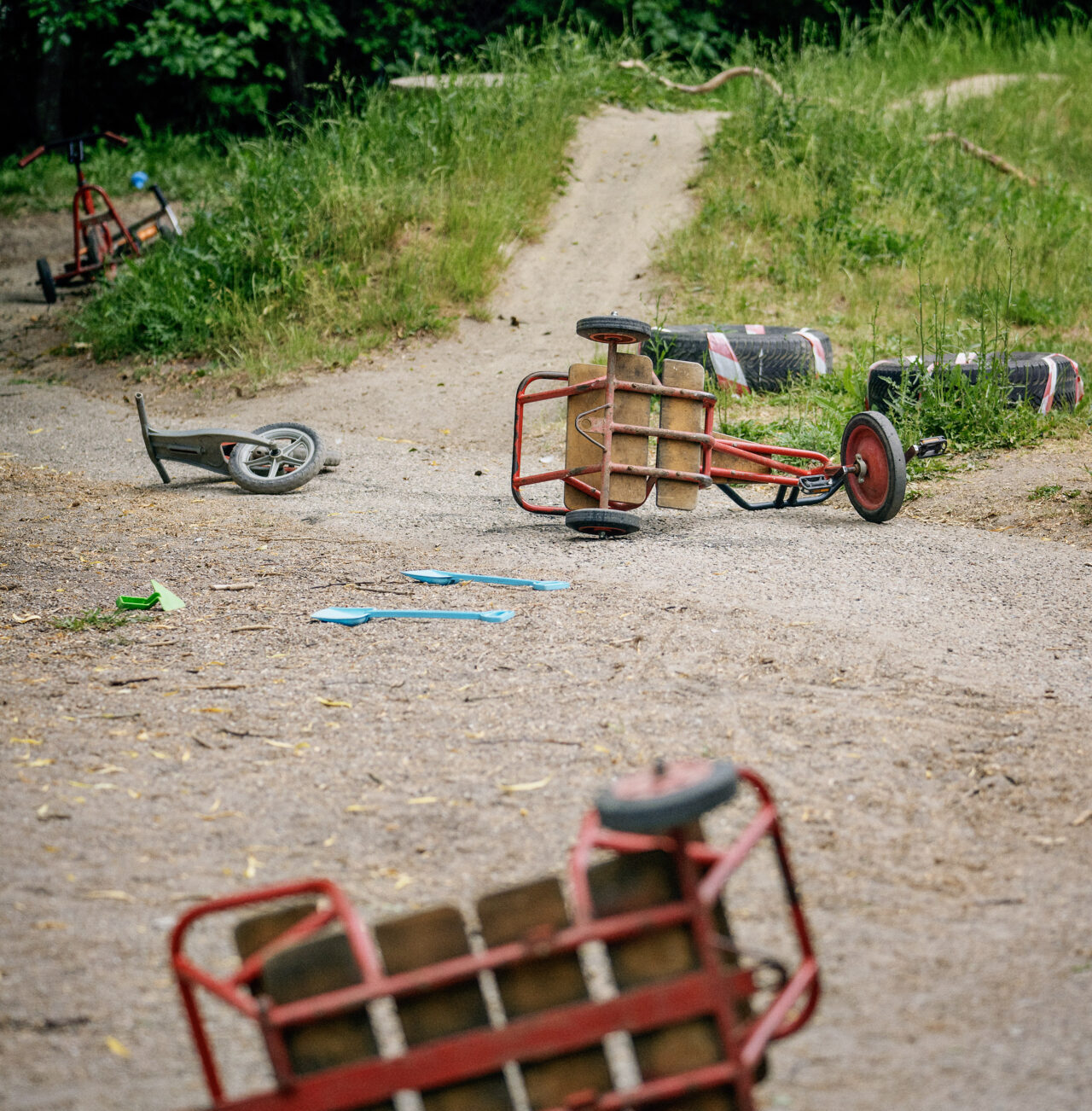
Policymakers: Balancing safety and public reputation
WHAT?
In the Netherlands, municipalities design and manage public play spaces. Their job is to ensure safety. But balancing adventurous play while avoiding accidents and public criticism isn’t easy.
WHY?
“We had a small raft in a natural playground, all within the safety rules. But a young child went on it unsupervised and almost drowned. Even if it’s technically safe, it still attracts kids who might not be ready for it.”
– Municipal policymaker, Utrecht, the Netherlands
HOW?
While parents are responsible for supervising their children, this supervision is not always consistent or guaranteed. As a result, policymakers tend to act with extra caution, influenced not only by formal rules but also by uncertainty, assumptions about parental oversight, and concerns about accountability or reputational damage in case of accidents.
Recommendations
The study finds that children’s risky play is shaped by the interplay between parents, play professionals, and municipal policymakers. To support risky play, all actors need to reconsider how they perceive and manage risk.
Changing the narrative from risk = danger to risk = learning opportunity is key.
For parents
- Many parents understand that risky play is good for their children – but still find it hard to let go. Using tools can help parents gradually shift their mindset and behavior.
- One useful approach is risk-reframing, as suggested by some scholars (Niehues et al., 2013, 2016; Brussoni, 2021). These tools help parents see that risk isn’t just about danger – it’s also about learning, growth, and decision-making.

For play professionels
- Play professionals should help parents feel safe about letting children take risks.
- At the same time, play professionals should have room to use their own judgment and test creative ideas that make risky play possible.
- More research is needed on how to train professionals to handle common challenges – like concerned parents, strict rules, and organizational barriers.
For policymakers
- In policy documents and standards, we should highlight the benefits of risky play – not just what could go wrong.
- While safety matters, overly strict rules often lead to boring and limited play spaces. Instead, policymakers can use risk-benefit analysis – not just risk analysis – to weigh the need to protect children against the need to give them exciting, meaningful play.
- With creative thinking, it’s possible to design challenging play equipment (like climbing structures) that still meets safety standards. This balance should be the norm when creating or updating play areas.
All our briefs are accessible through our website, www.playgroundresearch.org.
On the website, you’ll find a compilation of briefs that offer a clear comprehension of research findings and their implications for future research and practical application.
You can also download a printable PDF version of this brief to facilitate sharing.
Literature
Primary source
Secondary sources
Downloads
Please click on the download link below to obtain a copy of each file
Main Editors

Similar Briefs
Projects
Explore our institute’s active engagement in developing playgrounds’ future through innovative research and current projects.
Briefs
We are dedicated to sharing valuable insights from research studies and reviews through concise and accessible publications.
Articles
Explore our article database for a comprehensive array of global research and insights, offering diverse perspectives and knowledge.
News
Stay up-to-date and engaged through the latest news, project updates, events, and activities specific to playground research.
